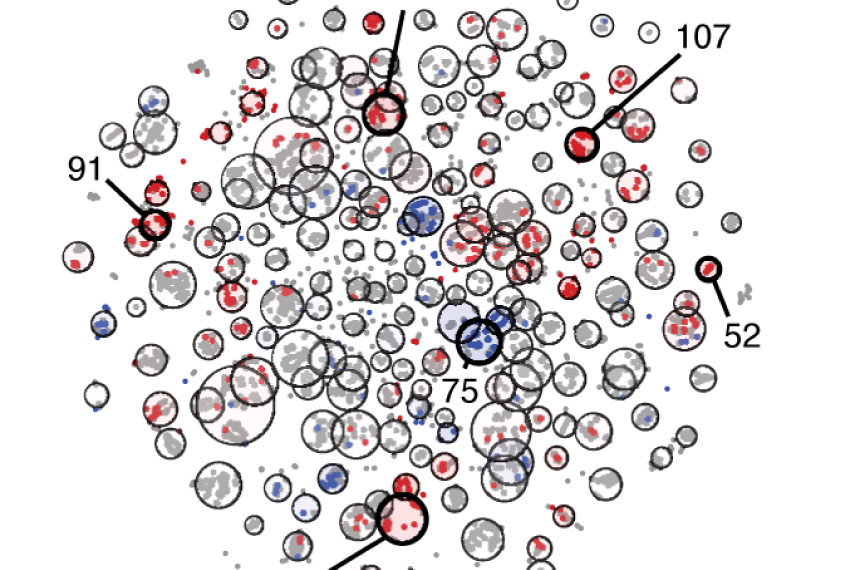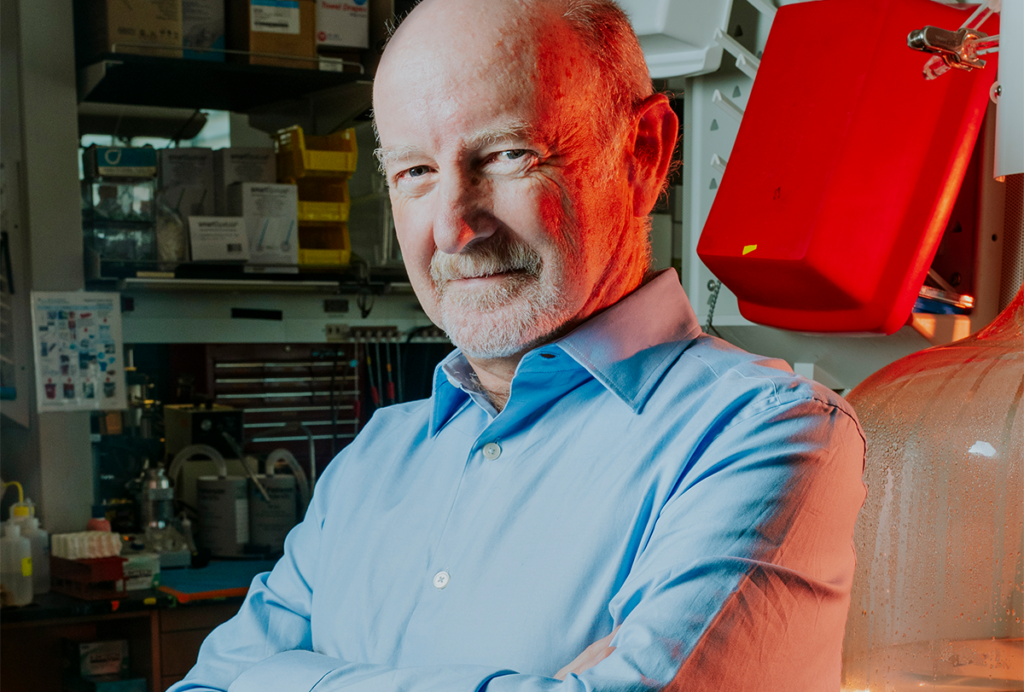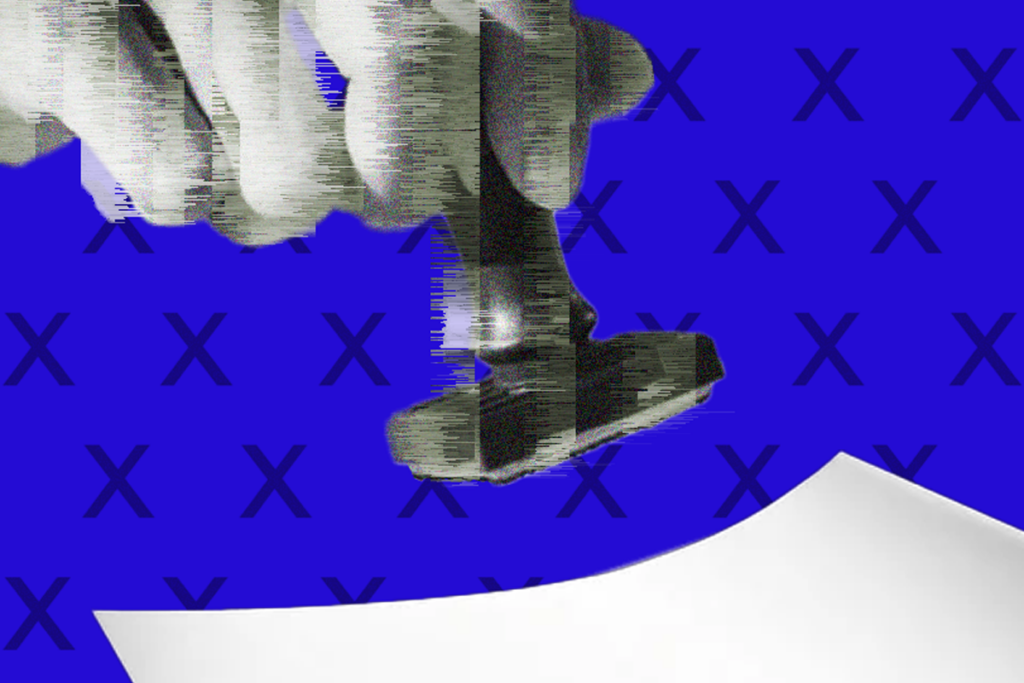
Analysis of sequences pegs 102 top autism genes
The number of top autism genes has risen from 65 to 102, based on an analysis of more than 35,000 sequences. And researchers are seeing the first hints of autism risk variants in the regions between genes.
The number of top autism genes has risen from 65 to 102, based on an analysis of more than 35,000 sequences. And researchers are seeing the first hints of autism risk variants in the regions between genes.
The new findings are the payoff from increasingly sophisticated analyses of a growing number of sequences from people with autism and their families. Researchers presented the unpublished results 10 May at the 2018 International Society for Autism Research annual meeting in Rotterdam, the Netherlands.
“Large-scale collaborations which integrate data have the potential to give context to the results we’re seeing,” says co-lead investigator Stephan Sanders, assistant professor of psychiatry at the University of California, San Francisco.
The analysis is based on sequences of exomes — the protein-coding regions of genomes — pulled from multiple datasets. In a 2015 study, Sanders and his colleagues assembled 15,000 sequences and pinpointed 65 genes with strong ties to autism. (This analysis also included genes within large deletions or duplications linked to autism.)
For their new work, the team added 20,000 sequences. This alone raised the number of genes from 65 to 79, says Brooke Sheppard, a postdoctoral associate in Sanders’ lab who presented the findings.
The team then applied an updated version of their statistical method, called TADA, which indicates whether a variant in a gene is likely to be harmful.
The statistics reboot raised the number of significant genes to 102. The genes tend to be highly expressed in developing neurons that excite or dampen neuronal activity. About half of them are also associated with developmental delays.
It also boosted the significance of many genes previously included in the list of 65. For example, FOXP1 is now a leading autism gene and SYNGAP1 is nearly as significant as the top two contenders, CHD8 and SCN2A.
Just building a list of genes will not be enough to understand autism, however, says Thomas Bourgeron, professor of genetics at the Institut Pasteur in Paris, who was not involved in the study. Researchers from various disciplines need to work together to tease apart all aspects of the condition, he says.
Second look:
Another study presented at the same session explored risk variants in the 99 percent of the genome that does not code for genes.
The researchers found evidence that variants in so-called ‘noncoding regions’ may increase autism risk.
Sanders and his colleagues first looked at noncoding regions in 2,076 whole genomes. They used a stringent statistical method that corrects for chance findings and did not tie variants in any type of noncoding region to autism. They reported those findings 26 April in Nature Genetics.
They then repeated this analysis with more than 7,000 whole genomes. This number is still too low to link any one type of noncoding region to autism with statistical significance, according to Joon An, a postdoctoral associate in Sanders’ lab who presented the results.
The team then tried a different approach: They applied a machine-learning method to the first set of sequences to determine what aspects of the genome predict whether someone has autism. They then tested this prediction on another 5,532 sequences.
This analysis suggests that people with autism carry an excess of variants in regions that extend 1,500 base pairs before genes and control the genes’ expression, if those regions are also conserved during evolution.
“It shows the way forward,” Sanders says. “We can show that there is something in the noncoding genome; it’s just going to take large sample sizes to find it.”
Researchers may need more than 24,000 whole genomes to pinpoint the most relevant noncoding regions, Sanders says. And they will need thousands more before they should even attempt to identify individual variants in those regions.
For more reports from the 2018 International Society for Autism Research annual meeting, please click here.
References:
- Satterstrom F.K. et al. Cell 180, 1-17 (2020) Abstract Full text
Editor’s Note
This article was originally published in May 2018, based on preliminary data presented at a conference. We have updated the article following publication of the study in Cell1.
Recommended reading

PTEN problems underscore autism connection to excess brain fluid

Autism traits, mental health conditions interact in sex-dependent ways in early development

New tool may help untangle downstream effects of autism-linked genes
Explore more from The Transmitter

Newly awarded NIH grants for neuroscience lag 77 percent behind previous nine-year average

